Regeneron ISEF 2025 Media Kit
The Regeneron International Science and Engineering Fair (Regeneron ISEF), a program of the Society for Science for 75 years, is the world’s largest global science and engineering competition for 9th to 12th grade students.
From May 11 to May 17, 2025, nearly 2,000 young scientists, engineers, entrepreneurs and inventors will convene in Columbus, Ohio for Regeneron ISEF. The finalists, who come from approximately 60 countries, regions and territories will spend the week connecting with their peers and global STEM leaders, participating in events and competing for more than $9 million in awards and prizes.
We invite reporters and media to contact us to set up interviews with this incredible group of students. We hope to see you cover these inspiring winners of the Regeneron ISEF 2025!
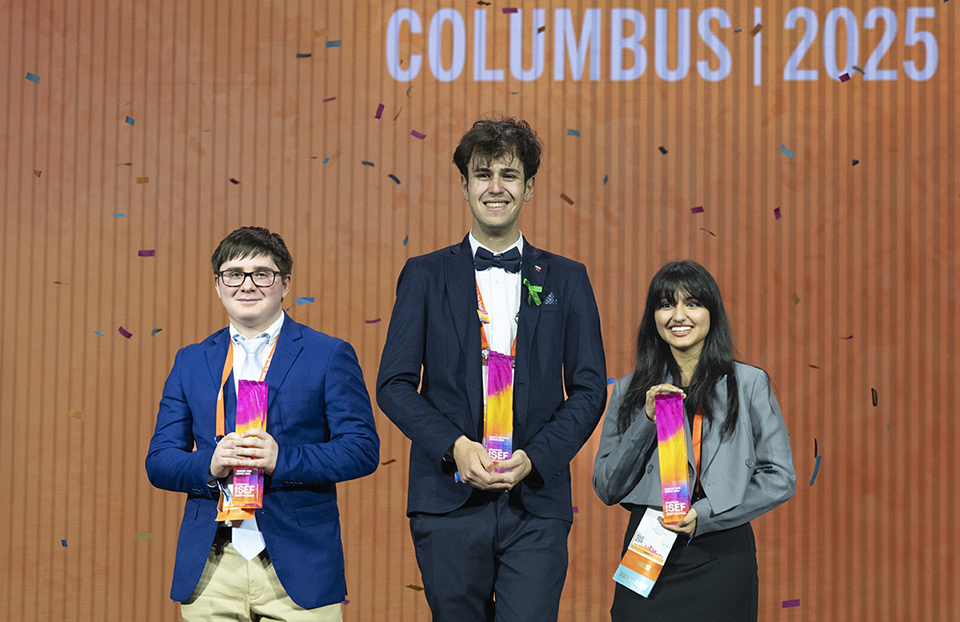
- Regeneron ISEF 2025 Winners Press Release
- Regeneron ISEF 2025 Fact Sheet
- Regeneron ISEF 2025 Program Book
- Media Requests: communications@societyforscience.org
Photo Credit Information:
- Photo Credit: Chris Ayers Photography/Licensed by Society for Science
Use this credit for any photos marked with “CA” or “KR.”
- Photo Credit: Lisa Fryklund/Licensed by Society for Science
Use this credit for any photos marked with “LF.”
Regeneron ISEF Top Award Winner Photos and Videos
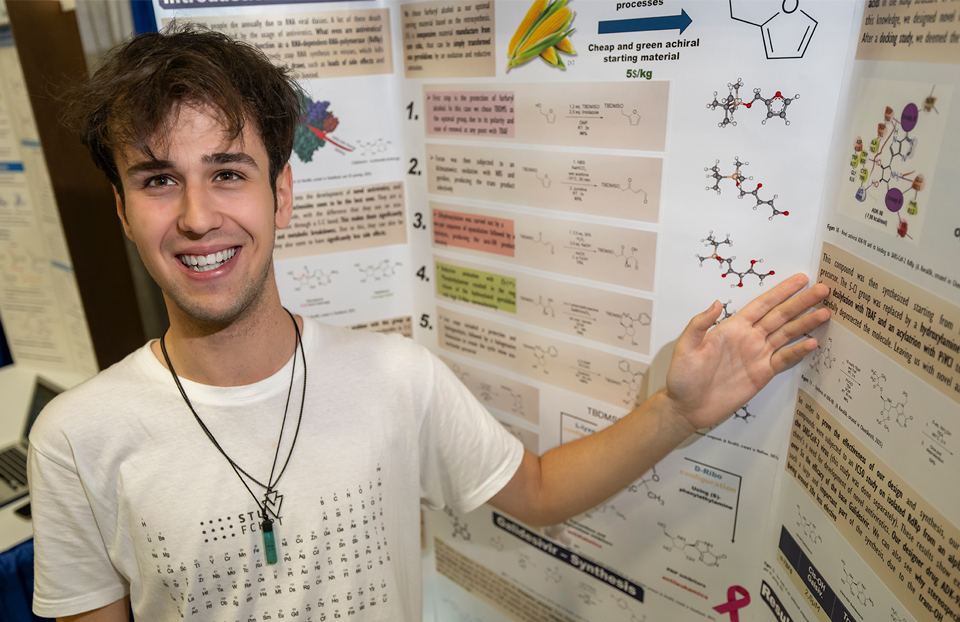
Adam Kovalčík, first place $100,000
George D. Yancopoulos Innovator Award
Adam Kovalčík, 19, of Dulovce, Slovakia, won first place and received the $100,000 George D. Yancopoulos Innovator Award, named in honor of Regeneron’s president and chief scientific officer, for his new way of making the antiviral drug galidesivir. This medicine stops viruses from copying their genes, controlling infections. Starting with cheap materials from corn husk waste, he designed a shorter, more efficient way of making galidesivir. He cut the process from 15 to 10 steps, and made almost twice as much drug in less time. His new way to make these medicines can greatly decrease their cost, from $75/gram to about $12.50/gram. He then used these reactions to create a new antiviral drug that may work even better than galidesivir. His work may make these medicines more accessible and give us more options to treat viral infections.
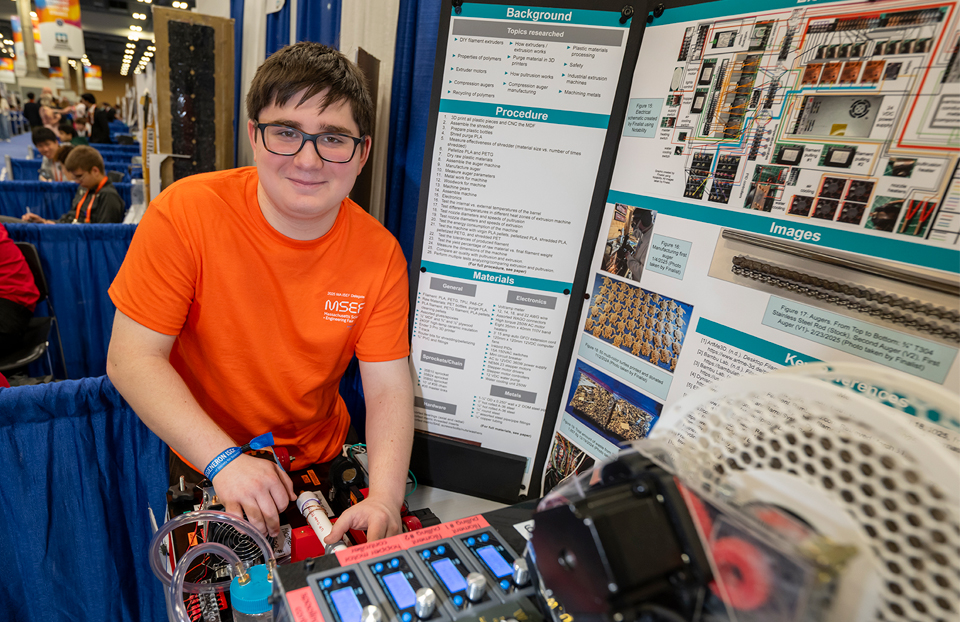
Benjamin Davis, $75,000
Regeneron Young Scientist Award
Benjamin Davis, 16, of Wrentham, Massachusetts, won second place and received the $75,000 Regeneron Young Scientist Award for creating a desktop plastic recycling system. The user-friendly system can recycle 3D printer waste and other plastics. It turns them into filaments for 3D printing. Up to 67% of the filament used in a typical 3D printing project may end up as waste. Using electrical, mechanical and chemical engineering methods, Benjamin combined pultrusion (push-through) and extrusion (pull-through) processes. Together, this made the process about 45% more efficient. His device is faster than other home recyclers and creates a higher quality product. Its easy operation means nontechnical users can recycle and 3D print more efficiently. His design is an effective recycling machine that costs 90% less than commercial options.
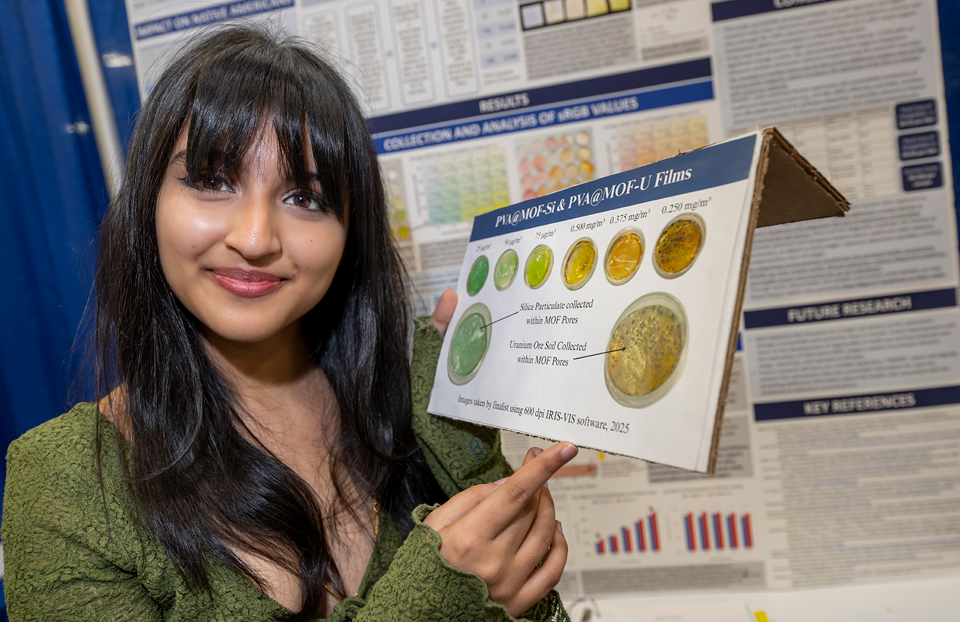
Siyaa R. Poddar, $75,000
Regeneron Young Scientist Award
Siyaa R. Poddar, 16, of Chandler, Arizona, received the $75,000 Regeneron Young Scientist Award for her device, which rapidly detects toxic dusts. In the U.S. Southwest, toxic silica and uranium dusts from abandoned mines are a public health challenge. They contaminate the soil, air and groundwater, and can trigger autoimmune diseases like Sjögren’s syndrome. Rates of Sjögren’s syndrome are disproportionately high on Indigenous reservations in the Southwest, where many abandoned mines remain. Currently, there’s no easy, fast or affordable way to measure how much of these toxins are in the air. Siyaa designed two low-cost detectors using chemicals that easily react with uranium or silica by changing color. She trapped these chemicals in a framework made of metal atoms and organic molecules to stabilize them. Her system is an affordable, easy-to-use way to monitor air quality.
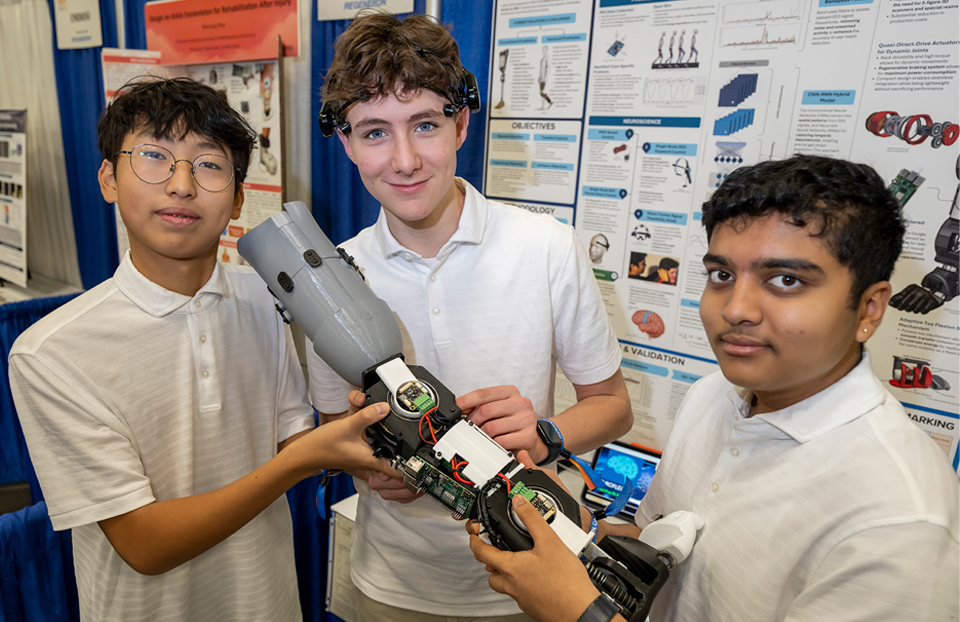
Samuel Skotnikov, Chanyoung Kim and Eeshaan Prashanth, $50,000
Gordon E. Moore Award
Samuel Skotnikov, 17, of Highland Village, Texas, and Chanyoung Kim and Eeshaan Prashanth, both 16, of Flower Mound, Texas, received the $50,000 Gordon E. Moore Award for Positive Outcomes for Future Generations for creating a brain-controlled bionic prosthetic leg. Current robotic limbs are expensive and can make movements feel unnatural. The team started by measuring the walking motion of their classmate, Aiden, with his usual prosthetic leg. They saw that the prosthetic’s stiffness forced the remaining part of his amputated leg to work much harder than his other leg. They designed their prosthetic leg, Neuroflex, to read the wearer’s brain signals through an EEG headband. The signals tell Neuroflex how the wearer wants to move, and Neuroflex uses its motors to support that movement. They also designed an ankle with more realistic joints. When the team tested their prototype on Aiden, it guessed the right movement 98% of the time. Their adaptable model could also relieve some of the cost burden of prosthetic limbs.
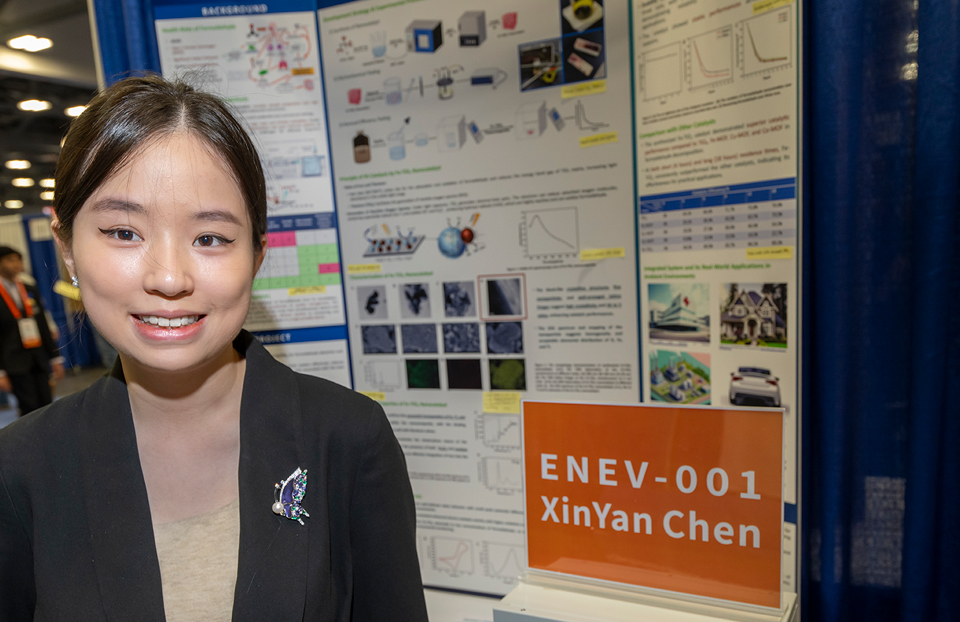
XinYan Chen, $10,000
Craig R. Barrett Award for Innovation
XinYan Chen, 17, of San Gabriel, California, received the $10,000 Craig R. Barrett Award for Innovation for her mobile indoor formaldehyde detector. Formaldehyde is a chemical found in many household goods that can cause disease, including cancer. Other detectors work by either trapping chemicals until they are full, or by breaking them down with expensive materials. XinYan designed a low-cost material that breaks down formaldehyde into carbon dioxide and water. She used the material to build a device that measures and destroys the poison at the same time. Her device lowered the amount of formaldehyde in a closed box by almost 90% in 18 hours. XinYan’s device makes it cheaper and easier to both measure and improve indoor air quality.
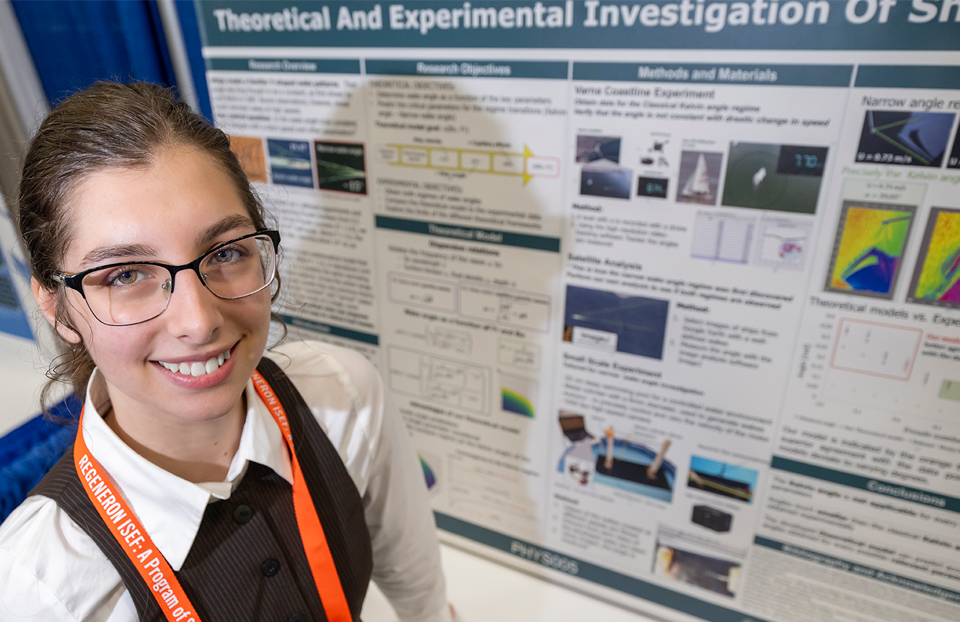
Aleksandra Petkova, $10,000
H. Robert Horvitz Prize for Fundamental Research
Aleksandra Petkova, 18, of Sofia, Bulgaria, received the $10,000 H. Robert Horvitz Prize for Fundamental Researchfor her research on the relationship between a boat’s speed and the shape of its wake. When a boat travels faster than the waves it makes in the water, it makes a narrower wake. This type of wake creates more drag on the boat, which slows it down. Aleksandra looked at aerial photos of wakes and tested wake angles using a remote-controlled boat and a yacht. She figured out how to use a ship’s size to predict the speed it can travel before it starts leaving a narrow wake. Aleksandra’s ship wake model could help ship operators minimize drag by traveling at the ideal speeds for their ships.
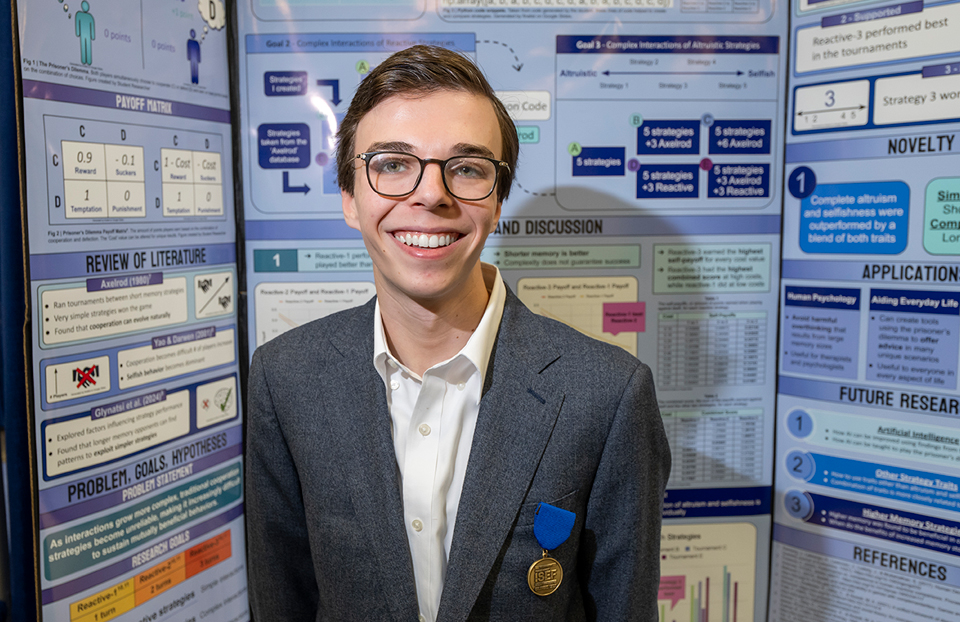
Cory Seelenfreund, $10,000
Peggy Scripps Award for Science Communication
Cory Seelenfreund, 17, of New Rochelle, New York, received the $10,000 Peggy Scripps Award for Science Communication for his study of the relevance of memory in the Prisoner’s Dilemma. Prisoner’s Dilemma is a classic game theory problem where two people accused of a crime decide whether to snitch or stay silent. Cory created computer simulations and mathematical models to test how selfishness and memory affect the game. Memory of just one game often improved results, but players with better memory won in more complex scenarios. He found the best outcomes when players had a variety of self-interested and altruistic behaviors. These findings can help design smarter AI bots and other programs that need to “get along” with humans.
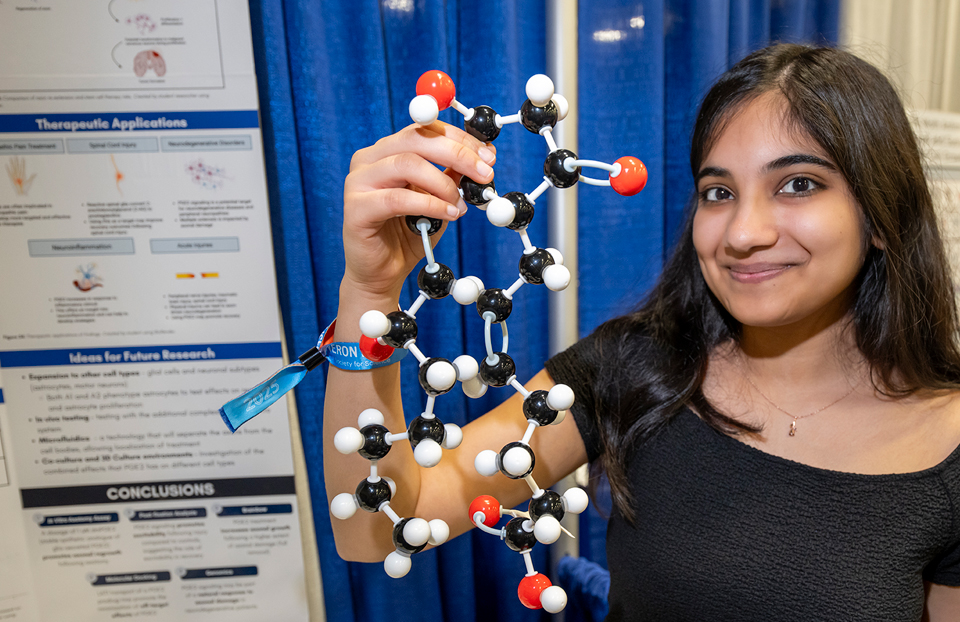
Uma Sthanu, $10,000
Mary Sue Coleman Award for Life Science Innovation & Impact
Uma Sthanu, 17, of Austin, Texas, received the $10,000 Mary Sue Coleman Award for Life Science Innovation & Impact for her research on regenerating nerve cells. The neurons making up the human brain are powerful but fragile. Disease and injury can damage neurons and scientists have not yet found a way to regrow them. Uma studied the effects of an important hormone-like compound called PGE2 on damaged brain cells. She used advanced techniques to study how PGE2 treatment affects these broken neurons in the lab. She hopes this work will help researchers find better treatments for brain diseases and traumatic brain injuries.
Interview George Yancopoulos, M.D., Ph.D., Cofounder, President and Chief Scientific Officer at Regeneron
We invite you to interview George D. Yancopoulos, M.D., Ph.D., M.D., Ph.D., co-Founder, Board co-Chair, President and Chief Scientific Officer of Regeneron to learn more about this year’s winners of the Regeneron ISEF. Please email Joseph Brown at joseph.brown2@regeneron.com for assistance.
About George:
- George headshot
- About George
- Quote from George about Regeneron ISEF 2025: “Congratulations to this year’s extraordinary Regeneron ISEF finalists and winners,” said George D. Yancopoulos, M.D., Ph.D., co-Founder, Board co-Chair, President and Chief Scientific Officer of Regeneron. “My own high school science project lit a fire in me that changed the course of my life. Today, I see these students carrying that same spark forward by asking bold questions, pushing boundaries and proving that innovative science can take on humanity’s biggest challenges.”
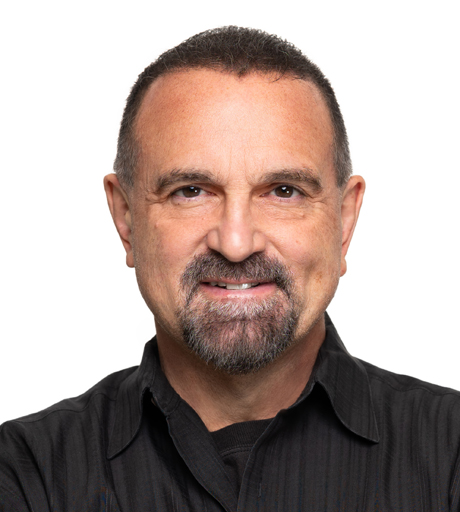
Interview Maya Ajmera, the President & CEO of the Society for Science
We invite you to interview the President & CEO of the Society for Science, Maya Ajmera, to learn more about Regeneron ISEF and this year’s winners. Please email Aparna Paul, Director of Communications at Society for Science for assistance at apaul@societyforscience.org.
- Maya headshot
- About Maya
- Quote from Maya about Regeneron ISEF 2025: “Congratulations to the winners of this year’s Regeneron International Science and Engineering Fair,” said Maya Ajmera, President and CEO of Society for Science and Executive Publisher of Science News. “I am deeply inspired by the creative, passionate and dedicated finalists from around the world who have come together – across borders, cultures and scientific disciplines – in the shared pursuit of science. Adam’s research into antiviral medicines has the potential to change the impact and scale of how people can benefit from such important life-saving treatments. His research gives me great hope for the future of global health and scientific innovation.”
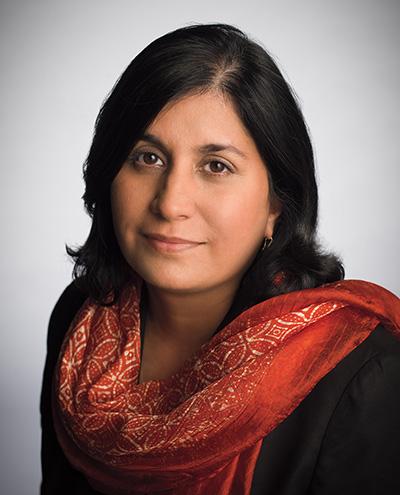
Watch the Regeneron ISEF 2025 Awards Ceremony!
The Grand Awards Ceremony was held on the morning of May 16 and featured the announcement of the top prize of $100,000. In total, awards valued at over U.S. $9 million were awarded to the finalists, who were evaluated based on their projects’ creativity, innovation and level of scientific inquiry. The competition featured almost 1,700 young scientists representing 49 states and 62 countries, regions and territories across the world.